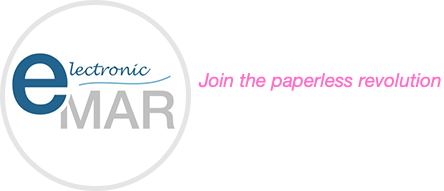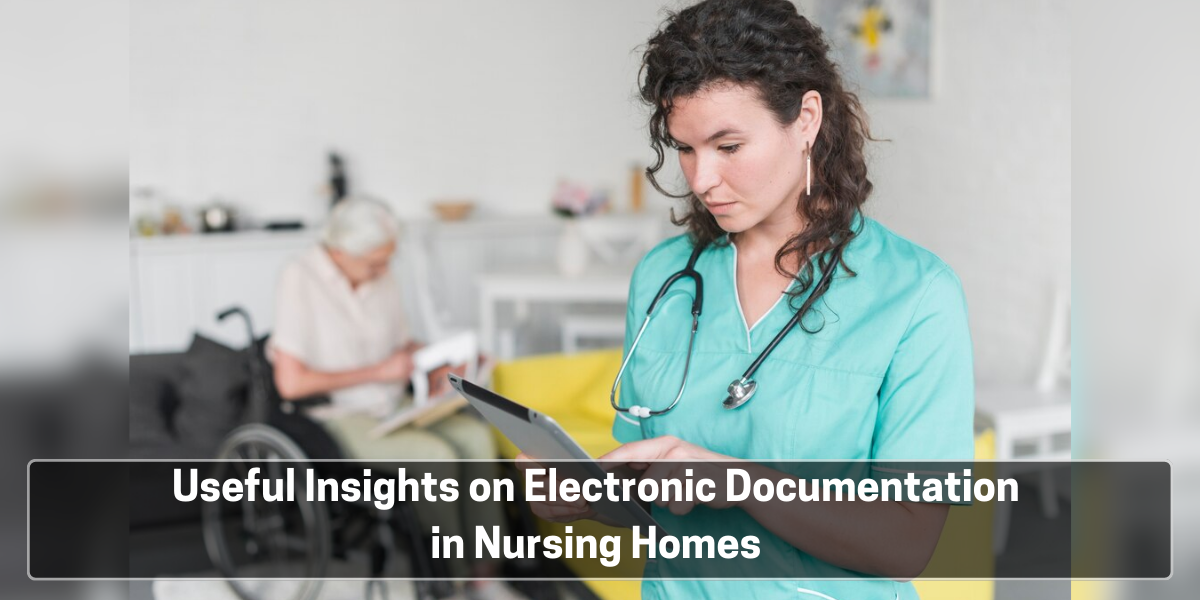These days, the use of electronic documentation in nursing homes has become common. This system of record-keeping has streamlined the process significantly, enabling for lesser medication errors and all around better patient outcomes. Here, we share some of the useful insights regarding electronic documentation in nursing homes:
- Streamlined recordkeeping
Electronic documentation offers a streamlined approach to recordkeeping. It reduces the hassle involved with manual entries and extensive paperwork for hospital staff. Rather than spending a significant portion of their work schedule updating physical files, nursing staff can now devote more time to patient care. Updating patient records has become much simpler after the introduction of the digital mode.
- Streamlined medication administration
eMAR (Electronic Medication Administration Records) is a type of electronic documentation system specifically designed for recording and tracking the administration of medications. It’s a digital version of traditional paper-based Medication Administration Records (MAR). eMAR systems are often integrated into broader electronic health record or electronic medical record systems in healthcare settings. This holistic approach ensures better patient care, reduces administrative burdens on healthcare professionals, and promotes a safer medication administration environment. With eMAR, patient’s data retrieval is faster and more efficient. It also offers features such as real-time alerts for potential drug interactions or missed doses and automated checks which ensures that the right medication is given to the right patient at the right time.
- Enhanced care coordination
Electronic documentation makes it easier to communicate and share patient updates and other relevant information among the various departments in a nursing home. This ensures a cohesive treatment plan where each care provider is on the same page and there is no confusion. The increased and effective collaboration between nurses, physicians and other members of the nursing home staff can lead to better results for the patients.
- Medication management and safety
Electronic documentation plays a pivotal role in medication management, promoting patient safety by reducing medication errors. It maintains accurate and up-to-date medication records, alerting healthcare providers to potential drug interactions, allergies, or duplications. This proactive approach minimises the risk of adverse drug events, benefiting the well-being of patients.
- Comprehensive assessments and care plans
Electronic documentation allows for the creation of comprehensive assessments and individualised care plans. Nursing homes can utilise standardised assessment tools integrated into electronic documentation systems to evaluate physical, psychological, and social needs of the patients. The information gathered from these assessments aids in developing personalised care plans, ensuring that each patient receives the appropriate level of care and support.
- Data-driven decision-making
Recording and analysing the digital data over a significant period ensures that the treatment and care plans are devised in a data-driven manner. This leads to better decision-making, with overall long-term benefits for patients.
- Compliance and reporting
Electronic documentation systems in nursing homes help meet reporting mandates and can be extremely handy when it comes to creating reports for audits. These reports streamline the process of inspections, ensuring that nursing homes maintain compliance with the highest standards of care. It also restricts human error in reports and makes sure nursing homes clear audits with flying colours.
- Enhanced engagement
Electronic documentation can be used to involve patients and their families more actively in the care process. It can help patients and their families to access relevant health information, review care plans, and communicate with healthcare providers. This transparency fosters a sense of empowerment and engagement, promoting patient satisfaction and family involvement in decision-making.







